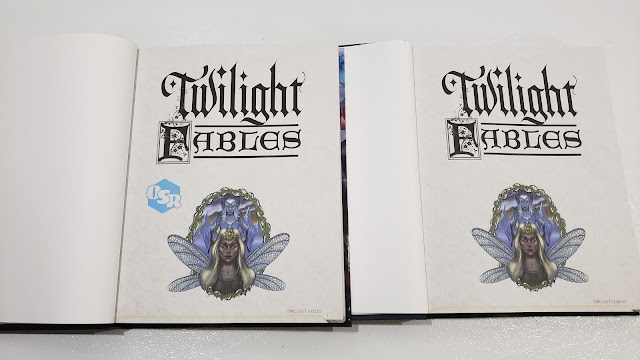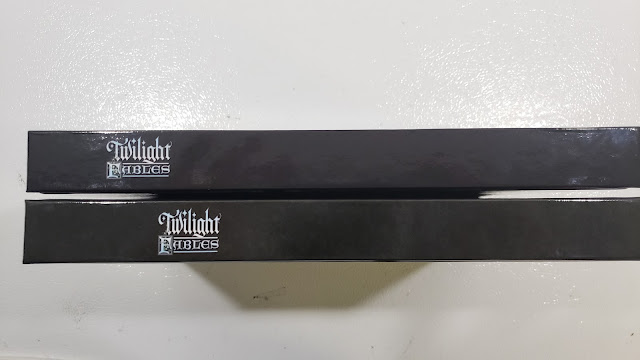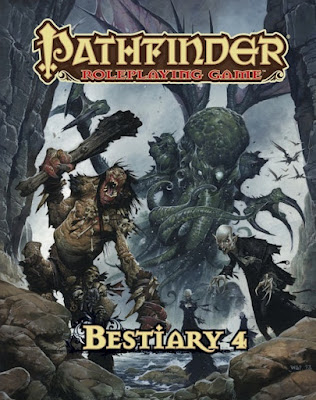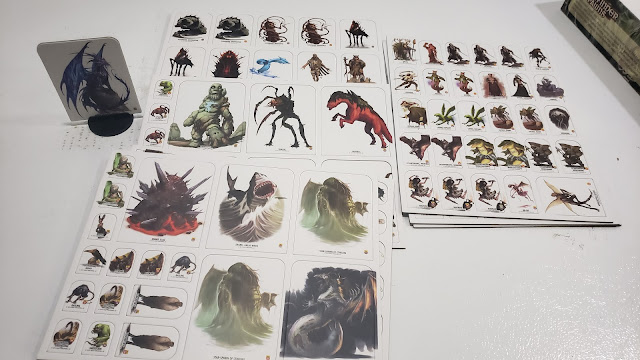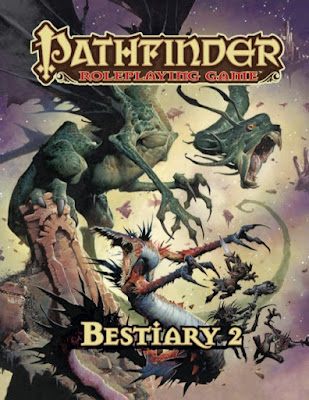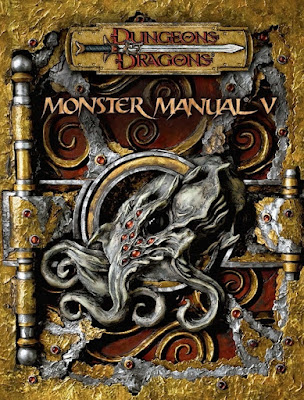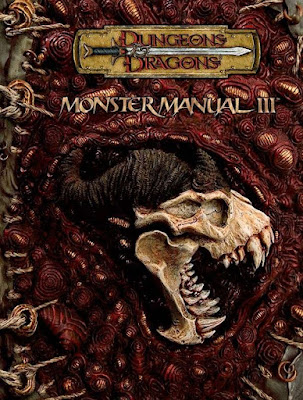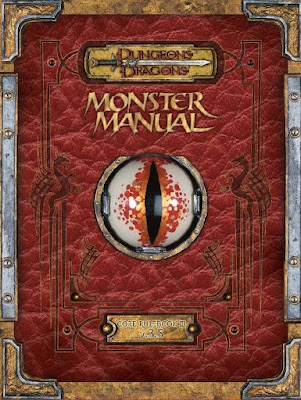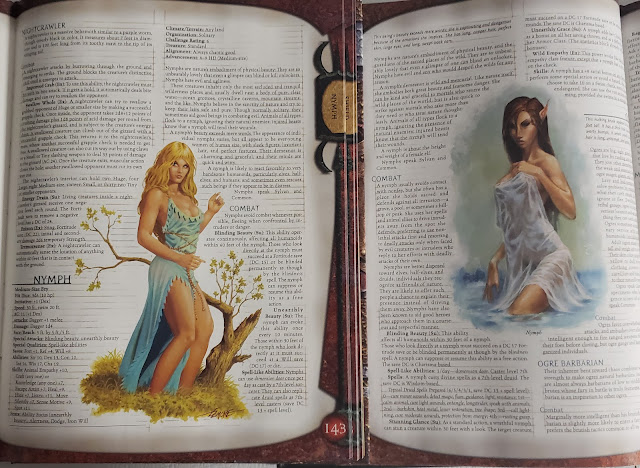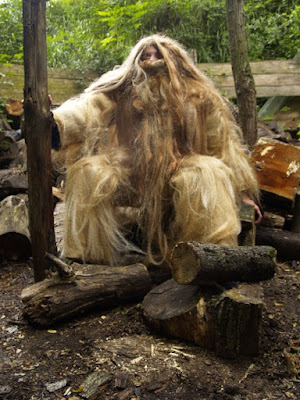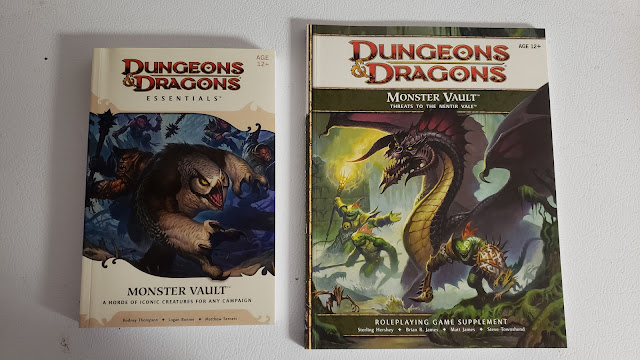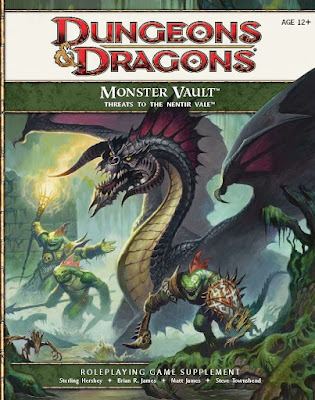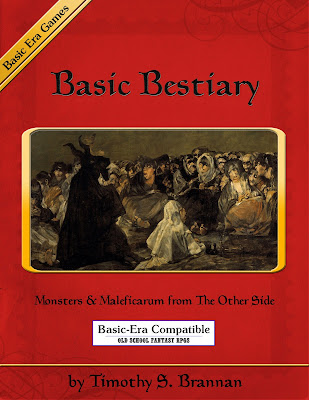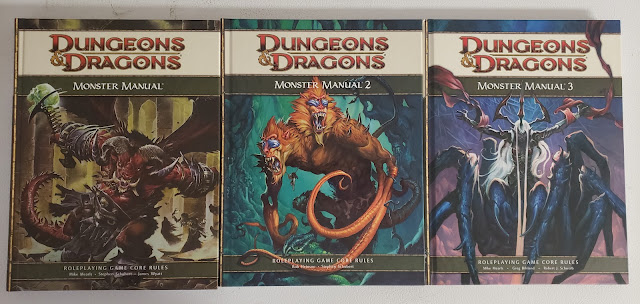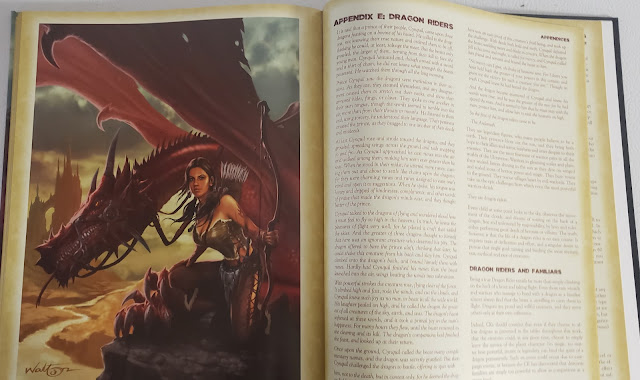Taking a break from Pathfinder for a bit on this first Monstrous Monday of Fall 2022 to do something a little darker. There is a chill in the air here in Chicago. I have a flannel shirt on and my mood ever shifts more and more to Halloween. A Halloween bestiary would be nice and thankfully Izegrim Creations has just the thing I need.
I swear the Kickstarter for this had just ended and I got my DriveThruRPG notification that the hardcovers were available.
So for this I Monstrous Monday, I want to talk about both the 5e and OSR versions of this book, the Print on Demand and PDF versions, plus all the other material that makes up this line.
Overview
Both books are huge volumes at 336 pages (5e) and 326 pages (OSR) each. The covers are full color as is all the interior art. And the art is fantastic.
Both books have a solid 5e aesthetic to them; colorful art and backgrounds, text describing the creature and its place in the environment/land/myths, and followed by a stat block.
The 5e book features a standard-looking 5e stat block, the OSR one is largely a modified Basic-era stat block. It includes everything you would expect along with descending and ascending AC, an entry for THAC0, and XP. The art for both books is the same. There is a good reason for this, the OSR version was added on a little bit later in the Kickstarter. The 5e version, with art, was done before the kickstart began (minus some edits I am told) so adding on the OSR version was a matter of adding the new stat blocks. One nitpick there are listings for "DCs" in the OSR version for magic item creation (more on that later). I would have preferred something that felt a little more pre-2000.
Now in most situations, I would fear translation errors, but the author Roderic Waibel had already developed that very successful Chromatic Dungeons RPG (reviewed here) which is solid OSR. So I know he knows OSR. My only gripe is kinda wanted the OSR stat blocks to look as nice as the 5e ones! But that is only a gripe for people that own both.
Like many of Waibel's publications we get nice sidebar discussions from the intelligent and rather civilized Gnoll "Fleabag." It is a very nice touch (I have done something similar with my 'From the Journal of Larina Nix') and it gives these (and his other books) character.
Regardless of which one you get (get both!) you are in for a treat.
I grabbed both and will be using the OSR version in my Old-School Essentials game. My oldest grabbed the 5e version and is using it in his weekly 5e game. So far he says it is great and he loves all the different sorts of monsters it offers.
The Fables
The name of the book is Twilight Fables. So you can expect that these are monsters from various myths, legends, and tales. And you would be 100% correct. Waibel has done his reading and there are a lot of great creatures here. Even ones that might be familiar get new life and feel "new."
For example, I mentioned one of my favorites, the Basajaun who appears in three different monster books.
Each one is a little different and yet each one 'feels' right. Perfect for DMs that want a familiar, yet different creature.
The creatures largely come from the myths, legends, and folklore of Europe. This is also what is advertised and leads to the logical assumption of Twilight Fables of other lands for future volumes. One for Africa, one for Asia, one for the Americas, all are possible.
In addition to the monsters, there are various legendary NPCs like Baba Yaga, Beowulf, Cailleach Beira, Cú Chulainn, Guy of Warwick, King Arthur, Little Red Riding Hood, Merlin, Morgan Le Fay, Robin Hood, Scáthach, Queen Úna of Faerie, and Väinämöinen. So yeah. Lots.
There is a section on Mythological Treasures and Magic items. This includes some rules on how to make magic items as well. It is a very nice value add. You saw this sort of thing with the old Mayfair "Fantastic Treasures" and something you see Troll Lord Games do with their Monster and Treasure books.
Both books also have rules for new character species (wanna play a Pech? You can!) and for 5e there are class options such as Warlock patrons and cleric domains.
There is even a small adventure (20 pages) to introduce these new monsters.
The Monsters
All that is gravy. The real meat here are the monsters.
In both cases, the monsters take up full pages. This includes the background and descriptions, the stat blocks, and whatever else is involved with this particular creature such as "Lore & Rumors", any special treasures, habitat, behaviors, and more. In some cases, the material bleeds over to another entry, but not so much as to be an issue.
There are, by my count, nearly 220 monsters here ranging in HD from 1-1 to 30+ (OSR) and CR 1/8 to 30 (5e). So plenty of creatures to challenge any level of characters.
I have to say these are great books and well worth grabbing for your games, 5e or OSR, or both. There is a lot of material here and plenty to keep many groups engaged for some time.
Extras
When you get the digital copy from DriveThruRPG you also get a bunch of tokens that can be printed and used in f2f table games or digitally online. It is another value add this game offers. There is also an RTF version of the book, a printer-friendly/no background version, and maps for the included adventure.
If you love monsters like I do then this is a must-buy.


